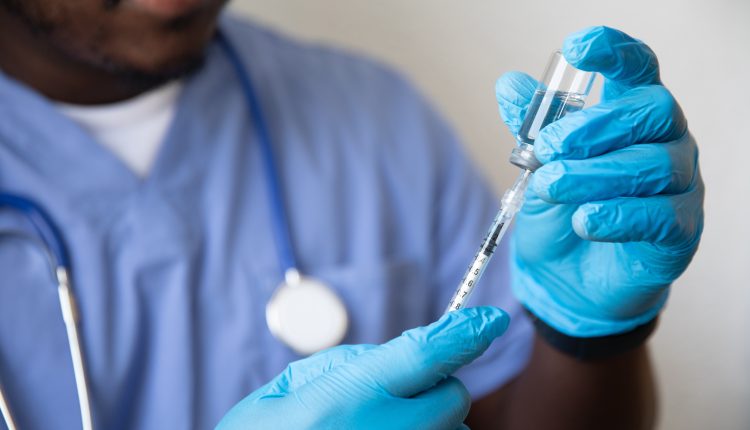World Thrombosis Day Encourages Public to “Move Against Thrombosis”As It Celebrates 10 years of Raising Awareness of Condition that Affects Millions Worldwide


Global campaign promotes understanding of blood clot prevention fundamentals and often overlooked signs, symptoms and risks.


Lagos, Nigeria (October 13, 2023) was World Thrombosis Day, a global effort established by the International Society on Thrombosis and Haemostasis (ISTH) to spread awareness of the signs, symptoms and risk factors of thrombosis, commonly known as blood clots. With one in four people dying worldwide from conditions related to blood clots, thrombosis is the leading cause of preventable hospital deaths across the globe.
World Thrombosis Day engages more than 5,000 partner organizations and individuals from more than 120 countries who join forces to advance understanding of the treatment and prevention of blood clots. For its 10th anniversary year, the campaign encourages people to Move Against Thrombosis, as simple movements including walking and stretching can increase blood flow and help reduce the potential for blood clots to form.
Thrombosis can develop in, or travel to, blood vessels throughout the body, often causing symptoms that can be mistaken for other conditions. The most common signs of a blood clot in the leg, or deep vein thrombosis (DVT), can include pain or tenderness in the calf, swelling of the ankle or foot, redness or noticeable discoloration and/or warmth in the area. Signs of a blood clot in the lungs, or pulmonary embolism (PE), can include unexplained shortness of breath, rapid breathing, chest pain, rapid heart rate and/or light-headedness or loss of consciousness.
“One of the reasons that thrombosis ends up as the cause of death for one in four people worldwide is that many of its symptoms are synonymous with other common conditions,” advised Lana Castellucci, M.D., chair of the World Thrombosis Day Steering Committee. “When a person experiences a leg cramp, for example, it is unlikely that they will seek a blood clot screening, and unfortunately, that can result in the condition becoming fatal. We are working to educate the public on the signs and symptoms of this prevalent condition to ensure proper medical care is sought before it’s too late.”
Certain risk factors can increase the likelihood of developing blood clots, specifically:
• Extended hospitalization: Up to 60% of venous thromboembolism (VTE) cases occur during or after hospitalization, as patients are more likely to have decreased mobility due to bedrest.
• Cancer treatment: Patients with cancer are four times more likely to develop a serious blood clot due to the effects of surgery and chemotherapy.
• Pregnancy and postpartum: Blood becomes stickier during pregnancy and immediately after delivery. Additionally, the weight of the uterus pressing on veins in the pelvis can slow circulation in the legs.
Regularly exercising and maintaining a healthy weight is important for people with these and other risk factors. Incorporating movement in blood clot prevention inspired World Thrombosis Day’s Move Against Thrombosis theme.
To learn more about the basics of blood clots, visit www.worldthrombosisday.org.


